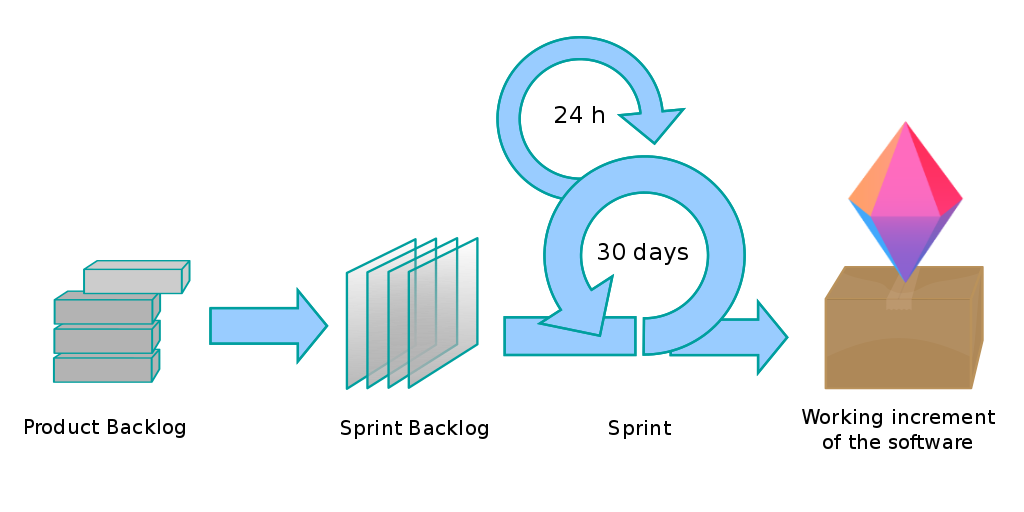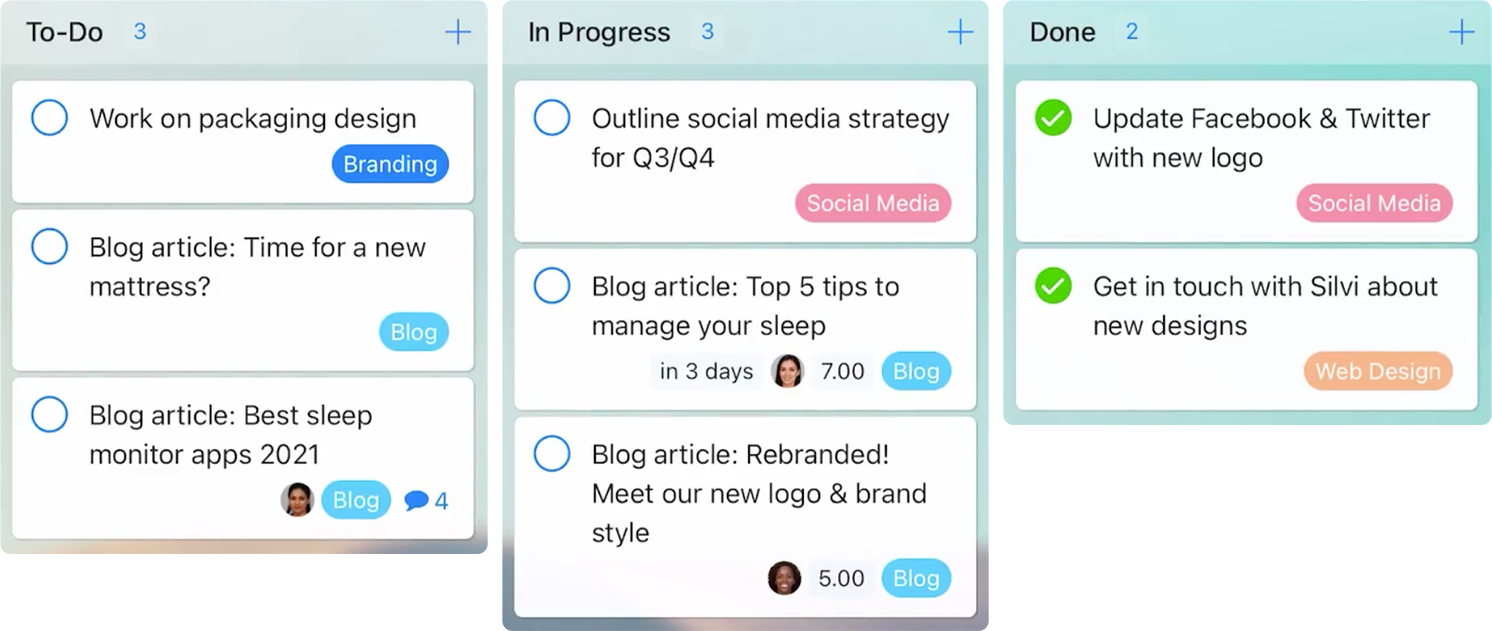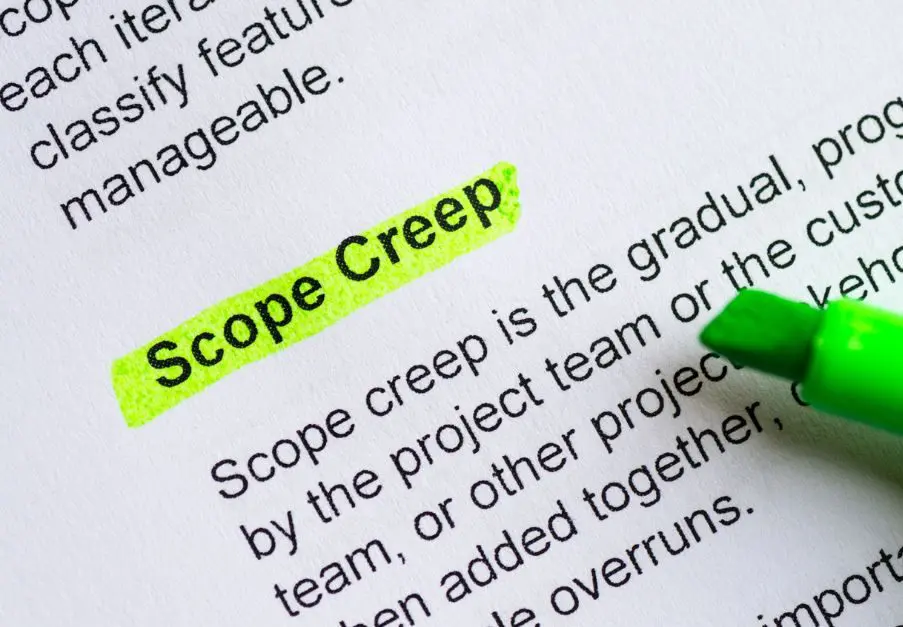
Anyone who’s ever worked within the project management sphere knows that “agile” isn’t just an adjective that’s synonymous with being nimble, sprightly, and brisk. As one of the more popular project management methodologies out there, it’s worth knowing a thing or two about it. This is why in this article, I’ll give a rundown on what beginners should expect when it comes to Agile project management.

What is Agile Project Management?
Agile project management is a methodology mainly used in software development that places a large emphasis on collaboration, flexibility, continuous improvement, and high-quality results. It adheres to the values and principles conveyed in the Agile Manifesto and uses popular project management frameworks such as scrum to carry out the project.
The Manifesto and Agile Project Management Principles
The manifesto was created in 2001 by a group of experts and practitioners who were looking at ways to develop lightweight methods. The term “agile” was coined as it best captured the adaptiveness and the response to change that is crucial to the method. There are four values and 12 key principles that encapsulate agile project management and they are:
Values:
- Individuals and interactions over processes and tools.
- Working software over comprehensive documentation.
- Customer collaboration over contract negotiation.
- Responding to change over following a plan.
Key Principles:
- Our highest priority is to satisfy the customer through early and continuous delivery of valuable software.
- Welcome changing requirements, even late in development. Agile processes harness change for the customer’s competitive advantage.
- Deliver working software frequently, from a couple of weeks to a couple of months, with a preference to the shorter timescale.
- Business people and developers must work together daily throughout the project.
- Build projects around motivated individuals. Give them the environment and support they need, and trust them to get the job done.
- The most efficient and effective method of conveying information to and within a development team is face-to-face conversation.
- Working software is the primary measure of progress.
- Agile processes promote sustainable development. The sponsors, developers, and users should be able to maintain a constant pace indefinitely.
- Continuous attention to technical excellence and good design enhances agility.
- Simplicity — the art of maximizing the amount of work not done — is essential.
- The best architectures, requirements, and designs emerge from self-organizing teams.
- At regular intervals, the team reflects on how to become more effective, and then tunes and adjusts its behaviour accordingly.

Agile project management was created in response to the glitches of the traditional Waterfall approach which is a linear sequential method for software development where progress flows in one direction — like a waterfall.
Unlike agile project management, the Waterfall method left limited flexibility for progress reviews and changes as it was only until the very last step that the final product was revealed. This caused inconvenience and wasted expenses if the result was unsatisfying.
The Agile Project Management Process
Agile project management is a process that aims to be clear and measurable. To achieve this, it uses six main deliverables to track the progress and produce the product. It also involves five main roles to carry out the project and seven recurring events for product development.
Deliverables:
- Product vision statement: A summary that articulates the goals for the product.
- Product roadmap: The high-level view of the requirements needed to achieve the product vision.
- Product backlog: Ordered by priority, this is the full list of what is needed for your project.
- Release plan: A timetable for the release of a working product.
- Sprint backlog: The user stories (requirements), goals, and tasks linked to the current sprint.
- Increment: The working product functionality that is presented to the stakeholders at the end of the sprint and could potentially be given to the customer.
Roles:
There is no set formula for the perfect agile project management team, however, in order to succeed, every team must have the same objective and include the following five roles:
- Product owner: The product expert and business representative. They are solely responsible for managing the Product Backlog, and also assisting the development team, stakeholders, and customers.
- Development team: A group of professionals such as developers, programmers or designers who deliver the product, and create the Increment.
- Scrum master: Also known as the project facilitator or manager who provides the development team with resources and blocks out distractions. In a super-organized leadership role, they ensure the team is on track and is responsible for the understanding and execution of the scrum.
- Stakeholders: They have an interest in the product and provide feedback on where things can improve. They support the product owner and development team, and although not responsible for the product, they still play a vital role within the agile project management process.
- Agile mentor: They have in-depth knowledge and experience in implementing agile project management to reality but do not get involved in the execution.

Events:
- Project planning: A self-explanatory first step of the agile project management process. The initial organization includes producing the product vision statement and roadmap.
- Release planning: This is where the launch date is planned, as well as the next set of product features to be released. Release plans are organized one at a time.
- Sprints: Also known as iterations, they are short development cycles where the team create potentially shippable products and can plan their work according to the feedback of their past performance, which is a fundamental feature of agile project management.
- Sprint planning: A meeting where a sprint goal is discussed and decided, as well as the requirements needed to achieve it.
- Daily scrum: A meeting held in every sprint, usually lasting 15 minutes, where team members discuss their progress and any potential hindrances.
- Sprint review: This is where the development team demonstrate the working product to stakeholders. The product owner updates the product backlog based on the feedback provided.
- Sprint retrospective: At the end of every sprint, the scrum team review their process and discuss what went well, what did not, and how they can implement changes for the next sprint.
Agile Project Management Examples
Scrum
Agile project management with Scrum is a framework that highlights iterative development. Due to its adaptability, it’s a widely used framework that can solve complex problems and deliver high-quality products productively and creatively.
Scrum project management focuses highly on transparency, inspection, and adaptation. It encourages self-organizing teams, communication as means to manage tasks, and places team responsibility on a high level. Expectations of scrum teams include producing a product increment at every sprint, making frequent plans that will enable them to embrace change and collaborating with stakeholders to ensure maximum product value is delivered.
Scrum is just one example of how agile project management can be used to deliver complex projects as seamlessly as possible while still maintaining quality results. Another example is Kanban.
Kanban
Kanban is another popular framework of agile project management. Like scrum, it complies with the principle of continuously improving the development process and identifying bottlenecks early in the process so that a higher quality result can be delivered.
Part of Lean and Just-in-time (JIT) manufacturing, Kanban is a visual approach to project management that highlights the workflow process and the work passing through. To do this, it uses a Kanban board, Kanban cards, and Kanban swimlanes. The way Kanban works is it uses the board to represent the different stages of development and the cards—which represent an item or a task—get moved across the board depending on which stage of development it is up to. You can have as many or as few stages as you want, but the basic structure follows three columns, labelled as “to-do, doing, and done”.

Simplify your project communication and task management with our user-friendly project management software.
Sign up for free today!
The Benefits of Agile Project Management
Implementing Agile project management has its perks. Unlike more traditional methods, it offers a fluid take on development and has a strong focus on continuous improvement which can do wonders for team efficiency and effectiveness. Other benefits include, but aren’t limited to, the following:
- The collaborative nature encourages project visibility.
- The transparency can then help reduce risks and predict a more accurate outcome.
- Due to the iterative process, teams receive regular feedback which can be actioned upon promptly.
- Short development cycles make it easier to anticipate and manage changes.
- Regular stakeholder and customer engagement can lead to a much more satisfactory result.
Is Agile Project Management for You?
If you’re working on a project that has a level of complexity or uncertainty then Agile project management may be a good option. Its adaptability makes it a great choice for teams developing a new product or service as any unpredictable incidents that may arise can be swiftly resolved.
Keep in mind that if your team has never embarked on an agile project, it could bring in challenges and resistance from members. Introducing a new way of working can be a tough gig, so be prepared to put in the hours and effort to ensure the method is implemented properly.
Final Thoughts
In the next few weeks, we’ll teach you how you can use Zenkit to manage your Agile projects, and perhaps share a template or two! Have you used, or are planning to use, another framework within agile project management? If so, do share your tips on how someone can get started!
Cheers,
Dinnie and the Zenkit Team





Leave a Reply